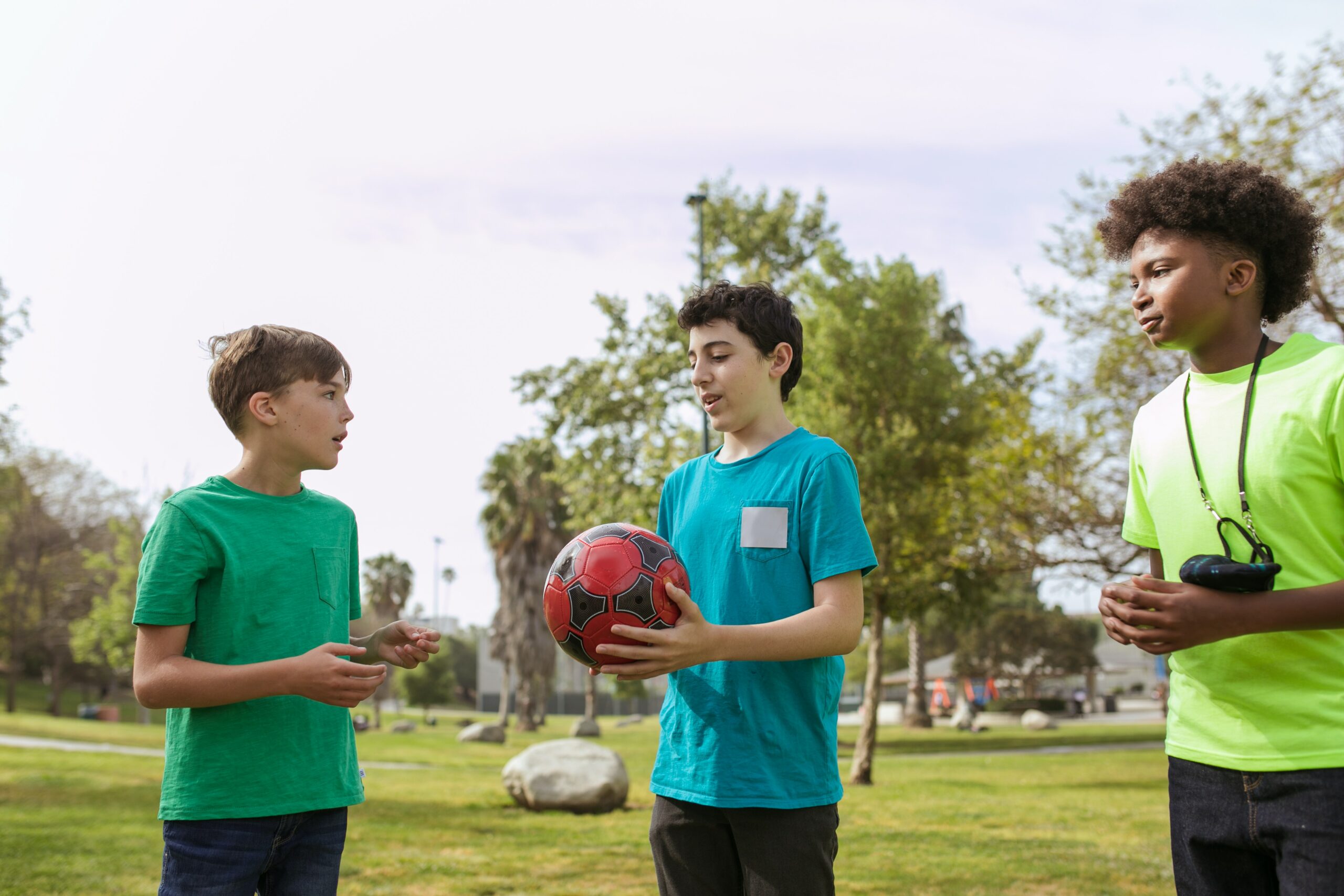Since teenagers aren’t kids anymore — but also aren’t quite adults — it is still important for them to know about first aid safety.
Going out to socialise, explore, learn, and have fun is all part of the journey towards adulthood. As they become more independent and ready to go out on their own, they may encounter injuries and illnesses along the way.
Teenagers have an incredible capacity to learn, so teach them how to be safe and how to react when emergencies happen.
Common Causes Of Injury In Teenagers
Unintentional injuries are one of the leading causes of death and disability among teenagers.
In 2018-19, about 57,400 Australians ages 15 to 24 suffered from unintentional injuries resulting in hospitalisations or long-term damage. Other leading causes of these types of injuries include motor vehicle crashes, suffocation, drowning, poisoning, fires, and falls. All of which are preventable.
Everyone—including parents, health care providers, teachers, and neighbours—can take steps to prevent injury so teenagers can live, learn, and grow to their full potential.
Learn first aid to easily recognise and respond to various injuries and illnesses affecting your teen.
Performing First Aid To Teenagers
Administering first aid and CPR procedures to teenagers follows the same rules and guidelines as it does for adults.
If a teenager suffers from unintentional injuries resulting in unconsciousness, follow these first aid steps:
Check For Consciousness
Tap or gently shake the teen and ask loudly, “Are you OK?” Check for responsiveness and look for any signs of breathing and pulse.
If the person is responsive or responds to stimulation and does not appear to have a life-threatening condition, ask them for any signs and symptoms and other relevant information.
Call Emergency Services
Call triple zero (000) if the teen is non-responsive or has obvious signs of serious injuries or illness. Then, perform first aid based on the condition found and your level of training.
Perform CPR
If the person is not breathing, begin chest compressions. Place the heel of your hand on the centre of their chest with the other hand on top. Press straight down at a depth of 100 to 120 compressions per minute to the beat of the popular song “Staying Alive” by the Bee Gees.
Open the person’s airway by gently lifting their chin, pinching the nostril closed, and giving two rescue breaths. Do it alternately with chest compressions.
Control Bleeding
If there is severe bleeding from an open wound, apply pressure to the injury by placing a clean cloth, gauze, or towel on top. Apply necessary ointments and monitor for signs of shock.
For broken bones, keep the injury stable and immobilised until further medical help is available.
Mental Health First Aid For Teenagers
The teenage years are a time of important change and development, but it is also when mental health problems begin to occur.
Mental health problems are among the leading problems of teenagers, which often result in missed school days, falling grades, problems with friends and relationships, substance abuse, and many more.
Luckily, there is mental health first aid that can help troubled teens to get them out of a crisis. MHFA training aims to start the conversation about mental health and remove the stigma surrounding it.
A mental health first aid course will empower a teenager to take action and help others in need of intervention.
Get Trained
With the high number of accidental injuries among teens, there is an urgent need for first aid and CPR education to prevent further complications and promote a safer community.
At First Aid Courses Darwin, we prioritise health and safety for teenagers by providing a training course that focuses on many unique challenges this age group faces. From treating minor injuries to addressing mental health concerns, we have the right course for you.
Our Provide First Aid course is incredibly popular with teenagers, parents, and teachers as we ensure to cover all common emergencies and empower everyone with confidence to address health issues. That way, you will feel safer and be able to help others in need.
Visit our course page for more information.








